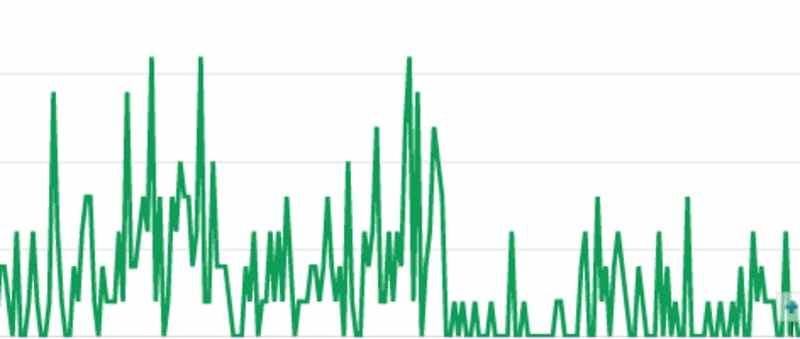Are you interested in the financial prospects of a website? Whether you are considering purchasing a website, investing in one, or wanting to measure the potential of your own digital venture, assessing its potential earnings is a crucial step. Here are five detailed methods to check a website’s earning potential:
1. Analyze Traffic and Engagement Metrics
A website’s financial potential is closely linked to its traffic and user engagement levels – after all, higher traffic often means more opportunities for revenue.
- Use tools like Google Analytics to gauge the volume of traffic, page views, and the average time users spend on the website.
- Note down where the traffic comes from: Direct, organic search, referrals, social media, or paid advertising.
- Analyze user engagement metrics such as bounce rates and conversion rates.
2. Evaluate Monetization Strategies
Websites earn money through various channels. These can include, but aren’t limited to, advertising, affiliate marketing, sponsored content, e-commerce sales, and subscription services.
- Study the current monetization methods the website employs.
- Compare these strategies to industry benchmarks to determine their effectiveness.
- Investigate potential unexplored monetization avenues.
3. Check the Niche Market and Demand
The website’s niche is a huge factor in its earning potential. Some markets are more lucrative and have higher ad rates or affiliate commissions.
- Research the demand for the website’s niche using tools like Google Trends.
- Assess the level of competition within the niche.
- Consider the longevity and future trends of the market.

4. Inspect Website Content Quality and SEO
Quality content and good search engine optimization (SEO) practices are the bedrock of any website’s ability to earn.
- Scrutinize the website for high-quality, original content that adds value to its audience.
- Check for SEO factors like keyword optimization, backlinks, site speed, and mobile-friendliness.
- Use SEO tools to evaluate how well the website ranks for its primary keywords.
5. Financial Performance and Projection Analysis
Lastly, dive into the historical financial performance and project future earnings based on various metrics.
- Review the website’s income statements, if available, to analyze revenue streams, expenses, and net profit.
- Calculate key financial ratios like Revenue per Thousand Impressions (RPM) for advertising-based websites or Average Order Value (AOV) for e-commerce platforms.
- Project future earnings by considering growth rates in traffic, pricing changes, potential market expansions, and scaling of current monetization strategies.
By meticulously employing these methods, you can paint a clearer picture of a website’s earning potential. Each method offers insights into different facets of the website’s viability as a business. When combined, they provide a comprehensive financial forecast.
Also, don’t forget about our simple and straightforward tool for determining how to make money from Google Adsense contextual advertising.
Remember, while these methods can guide you in your assessment, the digital landscape is dynamic, and assumptions made today might need to be re-evaluated tomorrow. Therefore, staying informed and adapting to online trends is key to accurately gauging a website’s earning potential.






